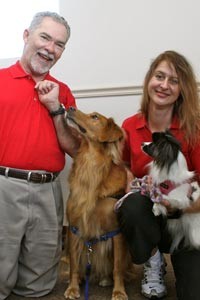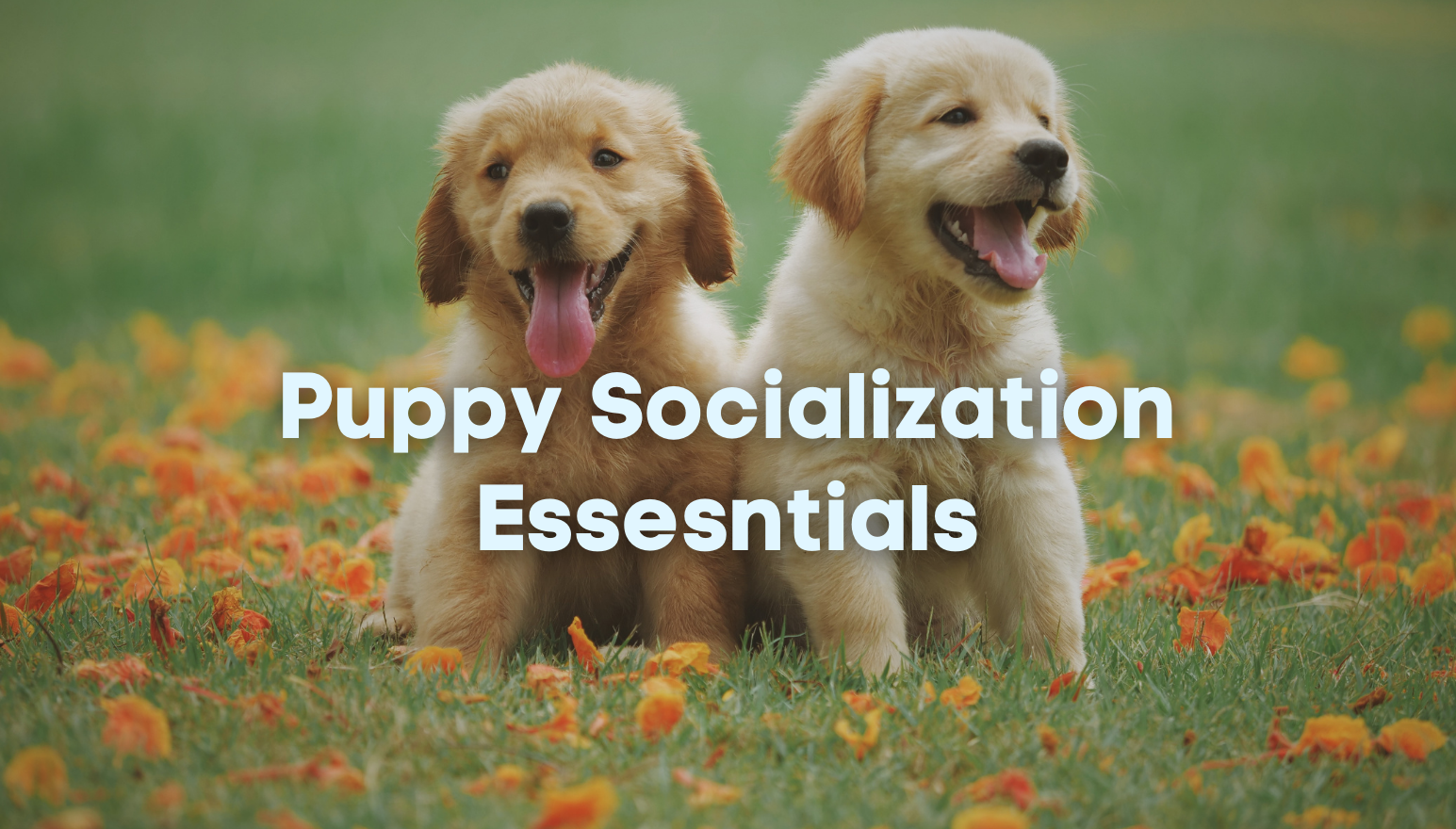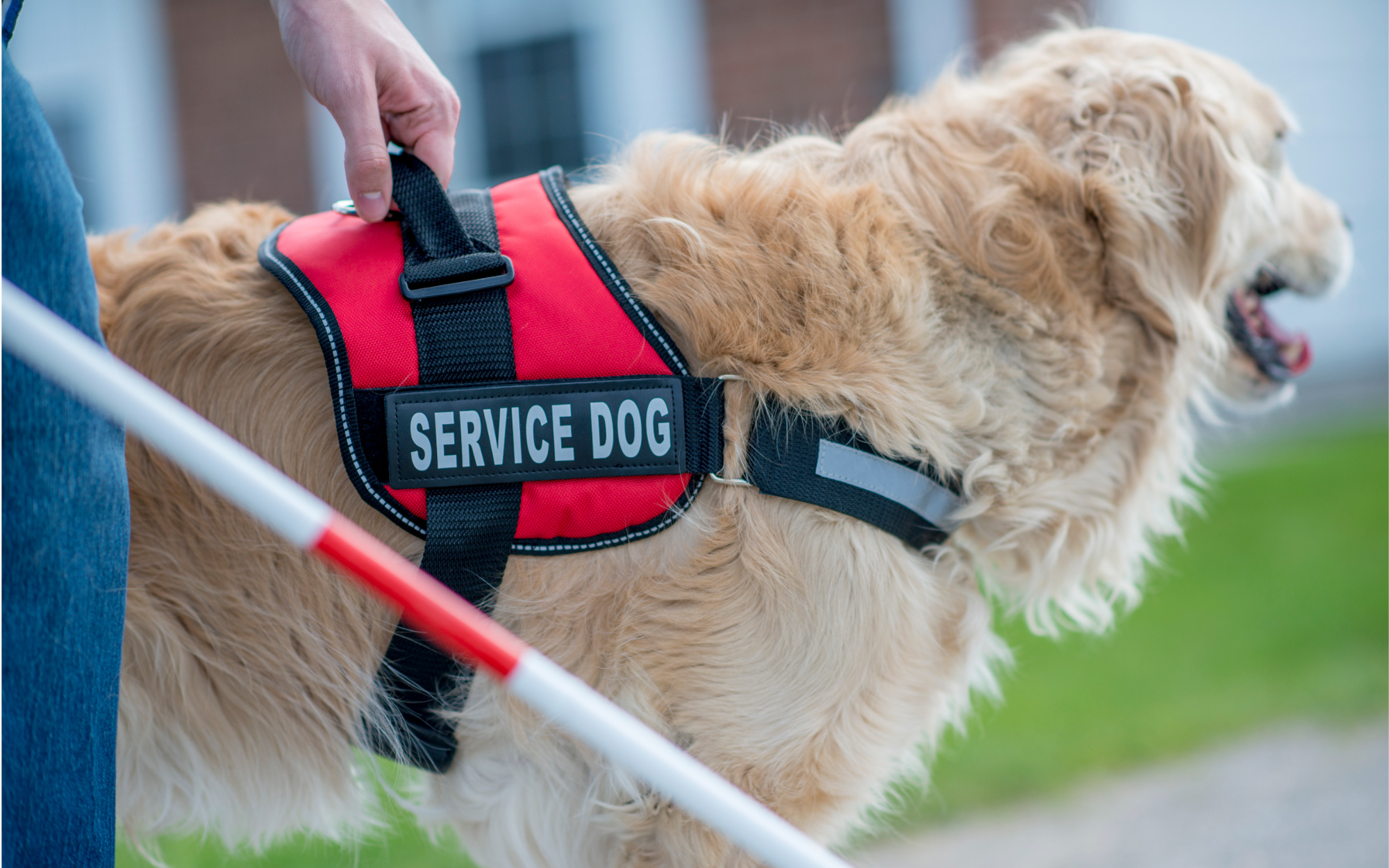By Brenna Fender

While no one can say for sure that their dog wouldn’t panic upon finding himself unexpectedly loose near a road, socialization goes a long way to making a situation like the one I observed turn out well. If your dog is afraid of or aggressive toward people outside your immediate family and friends, take steps to rectify that to help keep your dog safe.

But if your dog is an adult, all hope is not lost. You may not make your Nervous Nellie into Showboat Sally, but you might make a difference that could save your dog’s life. What can you do?
- Take a class. If your dog has had no training at all, you probably should start with a basic obedience or pet manners type of class, but ask the instructor for your best fit. Make sure you choose a training facility that uses positive training techniques. Punishment or physical corrections will make a shy or fearful dog worse rather than better.
- Try agility. Agility is a dog sport that can help shy dogs blossom as they conquer climbing obstacles, dash through tunnels, and clear jumps.
- Take your dog places. The more happy places he goes, the better! Don’t make your dog’s only trips be to the vet and the groomer. Bring treats and toys on your visits and offer them frequently. Start this kind of socialization gradually. If your dog shows signs of fear, dial it back! You may need to start with simply driving places and sitting in the car for a bit before returning home at first. Don’t let your dog panic!
- Ask kind strangers to feed your dog treats. Bring the good stuff! Try something that your dog just can’t resist. Strangers should be taught how to approach your dog. Have them squat down and offer the treat rather than to walk up to the dog. Ask them to pet your dog under the chin or on the chest rather than on the top of the head, which can be intimidating. If your dog is too afraid to take a treat or be petted, have the stranger toss it to him while staying several feet away. If your dog won’t take a treat from a stranger at all, offer it yourself, and if that doesn’t work, move away from the stranger until your dog will take a treat. You may have to be very gradual, starting far away from the stranger and moving closer over time.
- Employ an experienced dog trainer. You may need to work one-on-one with a skilled, positive dog trainer to help you teach your dog to be more confident around strangers.





